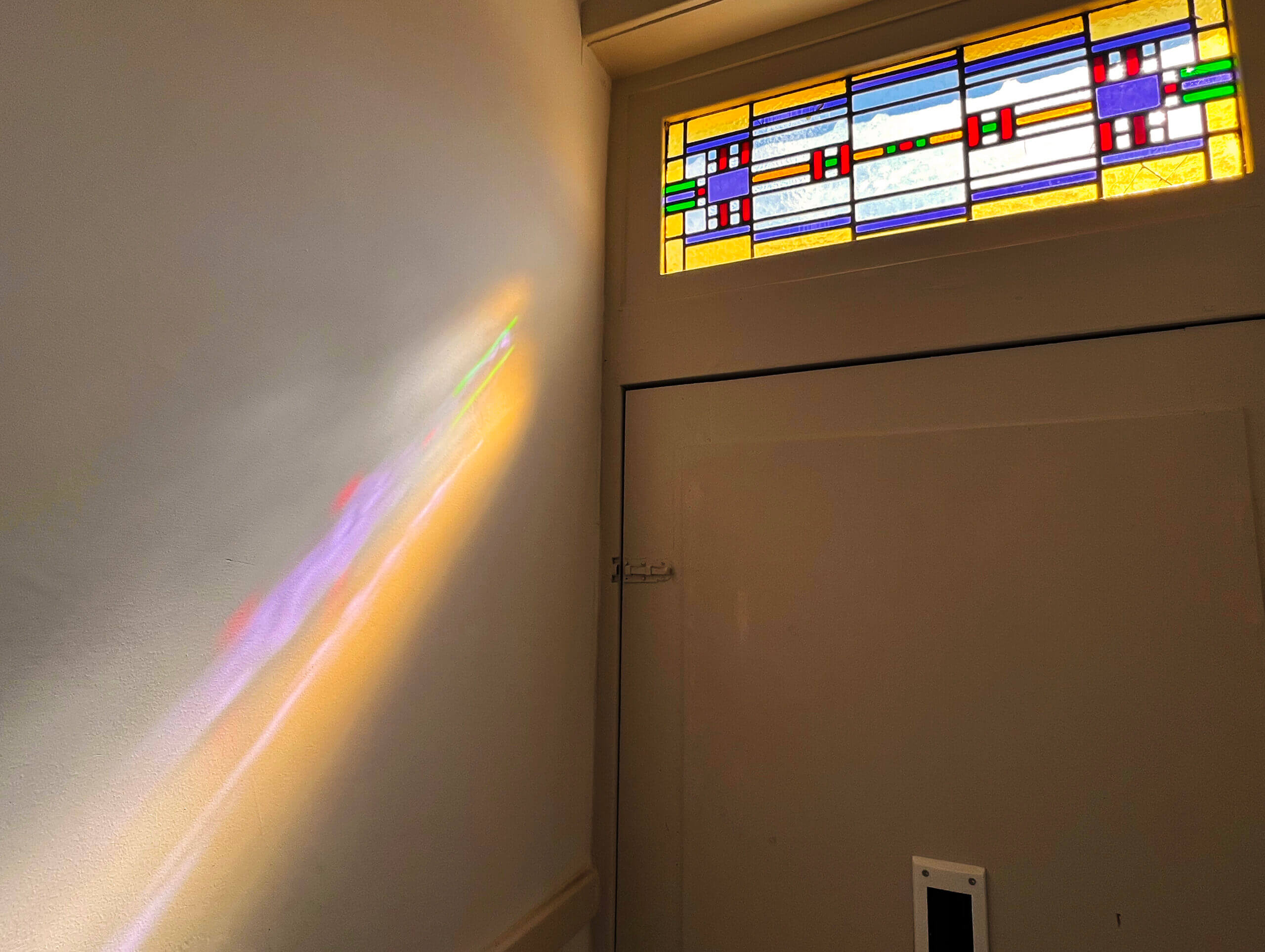Alternative titles: Prefigurative Hindsight or Imagination Interventions
Theme leader: Dr Dan Lockton, d.j.g.lockton@tue.nl
Background
You and your team have been sent from 2038* back to 2023. You are time-travellers, sent specifically to intervene—via design—to enable people to imagine new ways of thinking and living.
In the 2030s, with the effects of climate crisis and how societies are dealing with it being a major part of everyday life, a huge political, social, and cultural need has grown around hindsight—if only people in the 2020s had been able to imagine [topic]* differently, and taken action accordingly! And not just politicians, but everyday people, and especially students and researchers at a technical university. The reasons will become clearer as your projects progress.
There are topics in 2038 that are endlessly talked about as being so obvious in hindsight, yet which somehow people in the past didn’t think about very imaginatively or take seriously, until the problems had become very difficult to manage and we were stuck in particular paths. Sometimes it was just that the issue didn’t seem important or worth reimagining, but sometimes it was also that a shift in imagination, mindset, worldview, or beliefs was needed. Sometimes new information or discoveries—or older wisdom, rediscovered—put previous ways of thinking and acting into a new context, offered creative new lenses on understanding the world. Sometimes there were different ways of living, variations of everyday life that were “adjacent possibles” (Björneborn, 2020) to our own, or which some people were already living in other cultures, other places, but which we only realised in retrospect could have been much better for ourselves, others, or the planet, if only we could have imagined them. This was just as true in 2023 as it is 15 years later.
You are part of one of the first practical applications of time travel: sending groups of motivated, socially and environmentally engaged designers back to the 2020s, to try to create an imagination intervention. Your goal is to create an experience of aspects of everyday life in 2038* so that people in the 2020s can get a kind of prefigurative hindsight (Monticelli, 2021), enabling them to imagine new ways of thinking and living. It turns out that the way time travel works, this kind of intervention—affecting imagination and ideas—is possible, but direct change is not. I don’t make the rules.
*Each group—1a, 1b, 1c—might be from a slightly different version of 2038, or perhaps you’re all from the ‘same’ 2038 but you have different interpretations of what it’s like, and what’s important (just as in 2023 people would have had different interpretations of what ‘the present’ was like). The topics you consider important will, I am sure, be different.
The specifics
- Your task is to design and create an experience of what the future in 2038 is like, focused on enabling people in 2023 to imagine and think differently about a topic relevant to everyday life
- You choose the topic (based on research and extrapolation / your memories of the later 2020s and the 2030s) but it should be something relevant to everyday life. The IMAGINE project highlights possible futures of eating, moving, and dressing as topics which imaginaries of more sustainable future everyday life often involve, but of course these topics weave through many aspects of everyday life, consumption, and design
- The experience is intended to be something that visitors to the Researching the Future Everyday exhibition on 20 June 2023 can take part in. You can plan this as an exhibit that people visit in their own way, a kind of timeslip into the future, a curated experience with a particular time slot, an activity, or a performance. You can choose to invite specific people to take part, if there’s an audience who would be most relevant for you
- As a group, you will also create a short “catalogue” article about your project (online and print), along with a full research article.
- Individually, you will do a blog post during the project exploring your approach, and a short reflection at the end, focusing on how you think about the future as a designer
- See the syllabus for full details of the assignments
To read, watch and listen
PDFs and other files are on Canvas (TU/e login required)
References
- Lennart Björneborn (2020). Adjacent Possible. In: V. P. Glăveanu (ed.), The Palgrave Encyclopedia of the Possible. Springer. https://doi.org/10.1007/978-3-319-98390-5_100-1
- Lara Monticelli (2021). On the necessity of prefigurative politics. Thesis Eleven. 167(1), 99–118. https://doi.org/10.1177/07255136211056992
To watch and read
- Stuart Candy and Kelly Kornet (2019). Turning Foresight Inside Out: An Introduction to Ethnographic Experiential Futures. Journal of Futures Studies, 2019, 23(3): 3–22
- Molly Crabapple / The Intercept: A Message From the Future With Alexandria Ocasio-Cortez (2019) https://www.youtube.com/watch?v=d9uTH0iprVQ
Inspirations
This brief is inspired by lots of different influences, including the John Titor story, J.W. Dunne’s An Experiment With Time, Juli Sikorska’s Urban Heat Studio, the format of the Pathways to Sustainability conference organised by Utrecht University’s Urban Futures Studio, and Stuart Candy’s work.


